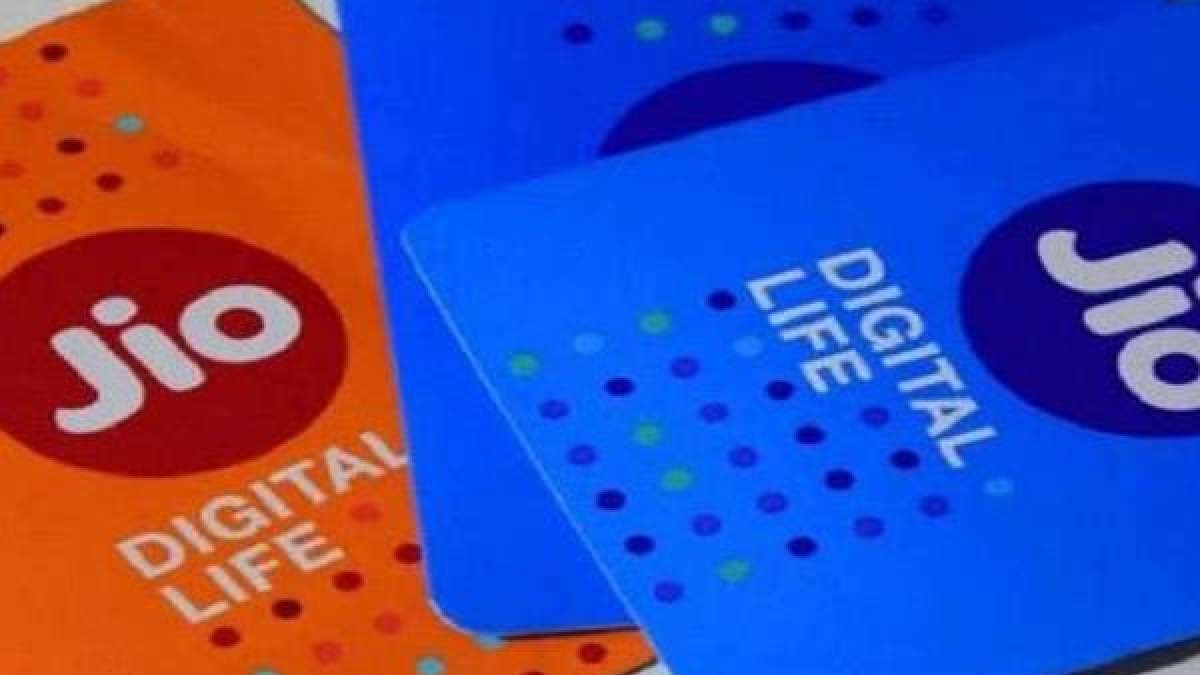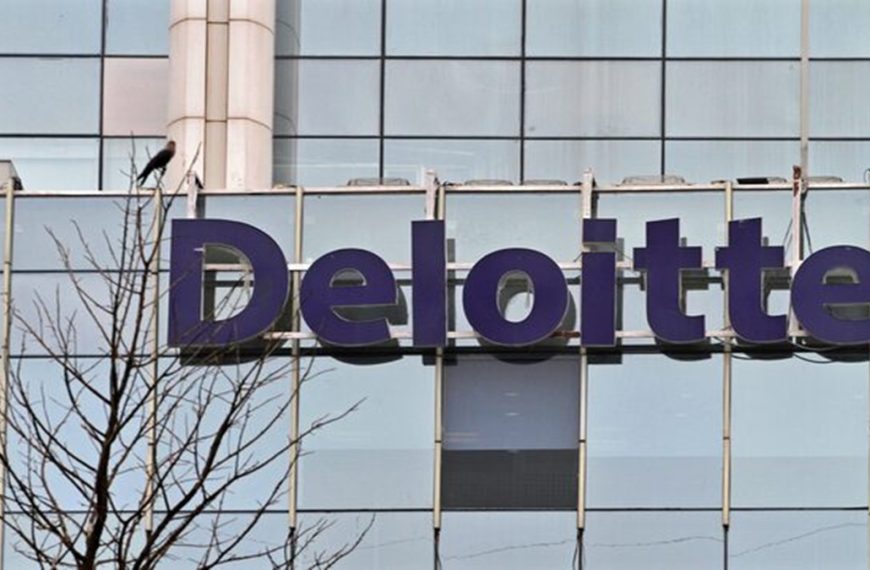Reliance Jio, the telecommunications subsidiary of Reliance Industries, is poised to see a sustained increase in its average revenue per user (ARPU) following the tariff hikes implemented in July 2024. Analysts predict that this positive trend will continue through Q2FY26 as customers utilizing longer-term recharge plans complete their cycles. However, there are uncertainties surrounding the company’s ability to enhance its incremental margins, with recent quarters showing minimal growth in Ebitda margins despite an uptick in subscriber numbers and ARPU.
Positive ARPU Growth Amidst Challenges
In the latest quarter, Jio’s ARPU rose by 1.43%, reaching Rs 206.3, surpassing analyst expectations of Rs 205. This increase is largely attributed to the gradual realization of previous tariff hikes. According to a JP Morgan analyst, Jio tends to take longer to reflect the full effects of these increases because a significant portion of its users are on 3-month, 6-month, or annual plans.
- ARPU improvements are also expected to be supported by the expansion of home broadband services, which typically generate a higher ARPU compared to mobile services.
Subscriber Growth and Margin Stability
In Q4, Jio added 6.1 million new mobile subscribers while reducing its quarterly churn rate to 1.8% from 2% in Q3. This improvement is credited to a slowdown in SIM consolidation and a decrease in migration to competitors like BSNL. Additionally, the company’s home broadband subscriber base expanded by 1.5 million quarter-over-quarter, fueled by a rise in fixed wireless access (FWA) adoption.
Despite these encouraging subscriber metrics, analysts caution that challenges remain regarding Jio’s incremental margins. Elevated costs in selling, general, and administrative (SG&A) expenses are likely to impede margin growth moving forward.
- Ebitda margin remained stable at 52.8%, marking a slight increase of 40 basis points compared to 52.4% in Q4FY24. An analyst from Jefferies noted that while Jio’s business has expanded by 28% over the past two years, its Ebitda margins have stagnated in the 52-53% range, indicating limited operational leverage.
Future Outlook and Strategic Investments
Analysts from ICICI Securities highlight that rising inflation across various cost categories has hindered the expansion of Ebitda margins. As Jio intensifies its customer acquisition efforts for FWA and fiber-to-the-home solutions, SG&A costs are expected to remain high, as the company aims to achieve its ambitious target of reaching 100 million homes.
Although Jio’s management has not provided explicit guidance regarding future tariff hikes, analysts anticipate that industry-wide increases in Q2FY26 will support continued ARPU growth. With the majority of 5G deployment completed and the first phase of FWA nearly finalized, Jio’s capital expenditures, projected at Rs 41,600 crore for FY25, are expected to decrease significantly in FY26.
In summary, while Jio is experiencing a positive trajectory in ARPU and subscriber growth, the company faces ongoing challenges in margin enhancement. The upcoming quarters will be crucial in determining how effectively Jio can navigate these complexities while maintaining its competitive edge in the telecommunications market.











